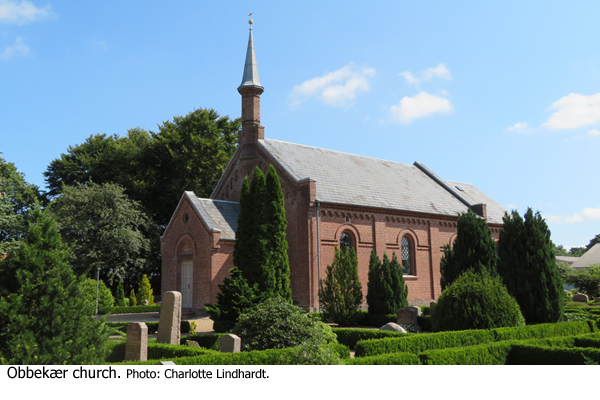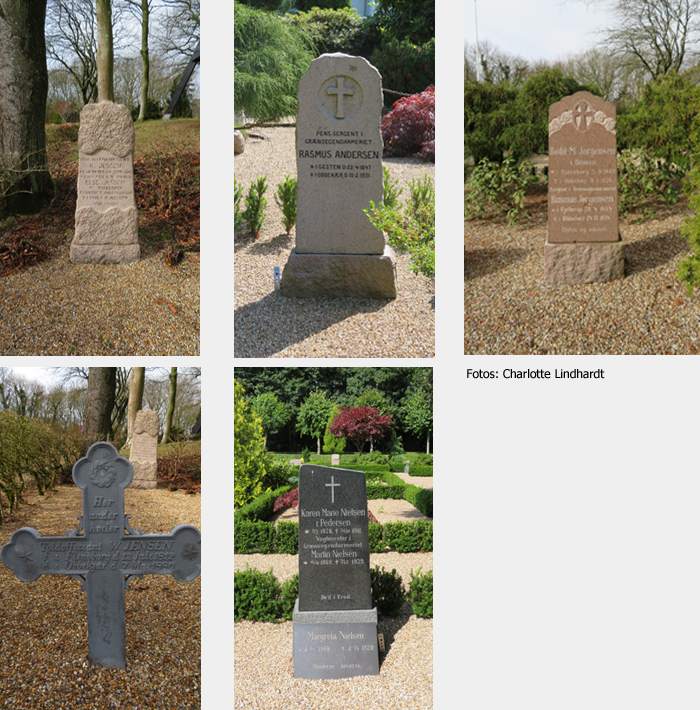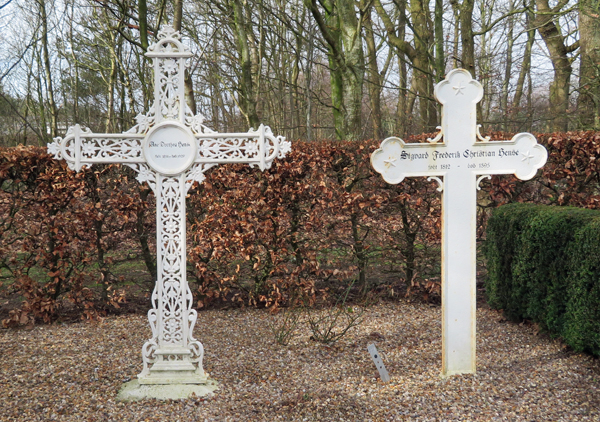A new parish
The parish of Obbekær Sogn came into existence following 1864, when it was separated from Fole Sogn, which became German. The reason for this being that the Obbekær district belonged to the Kingdom of Denmark, while the rest of Fole Sogn mostly belonged to the Duchies.
However, Obbekær’s parishioners still had to use Fole Kirke. It was not until 1884 - 1885, that Obbekær received its own church, designed by Architect L. A. Winstrup.



